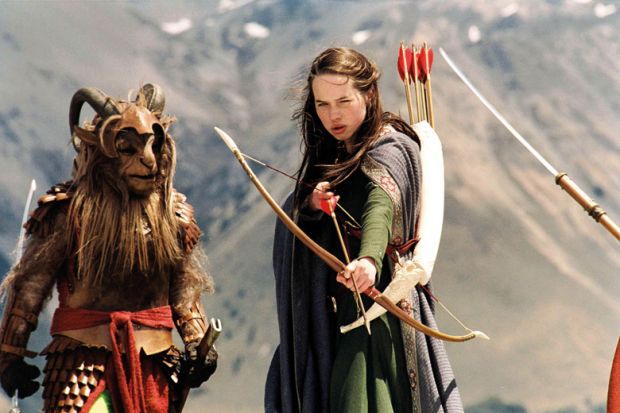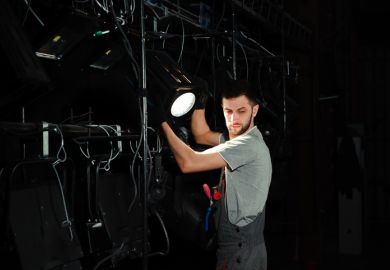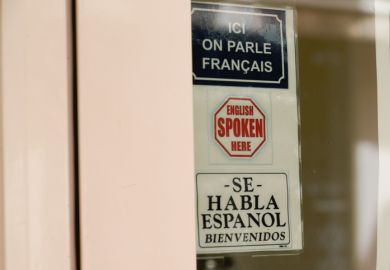In his poem The Vanity of Human Wishes, Samuel Johnson aims to “Let Observation with extensive view/Survey Mankind from China to Peru”, and this book has something of Johnson’s ambitious scope. Authors Michael Levy and Farah Mendlesohn aim “to bring together two traditions of criticism, that of the literature of the fantastic, and that of children’s literature”. As if that were insufficient challenge, “this book [also] aims to situate children’s fantasy in the context of changing ideas of childhood across three centuries; and perhaps more crucially, to consider the effect which the extension of childhood has had upon the writing and publishing of children’s fiction”. From this opening proclamation most readers will be able to anticipate both the evident virtues and necessary shortfalls of the study.
The virtues are indeed many. To those familiar with the landscape of fantasy literature for children and young adults, this volume offers a comprehensive tour of essential reading guided by concise critical insights. The range of texts addressed is genuinely dazzling, each carefully placed in an intricate history of the intersection of the twin subjects of fantasy and children’s literature. Representative authors make their appearance in due order: Sarah Fielding and The Governess, or Little Female Academy – check; Mrs Trimmer on the dangers of fairy tales – check; Susan Cooper and the “Matter of Britain” – check; Philip Pullman on “the Susan problem” – check. I confess that for a while I tried to play “spot the omission”, but it was soon clear that I wasn’t going to win that game.
“Compendium” is a word that has gone out of fashion, but it describes precisely this volume: in a tight, lucid narrative, Levy and Mendlesohn take the reader deftly through three centuries of literature, high and low, always comprehensive in scope, always offering a tantalising glimpse of the essence of each work in question, and always contextualising the factors at play in the development of fantasy literature for children.
Given the impressive breadth of its scholarship, what’s not to like in this book? For one thing, the uncomfortable feeling that comes from seeing complex literary works – often works that are dear to the heart and mind of the reader – precisely reduced to a sentence or two of pithy insight. The richly realised fantasy of London drawn in Charlie Fletcher’s Stoneheart trilogy, for example, is sketched and accounted for in a single page shared with China Mièville’s Un Lun Dun, accompanied by a brief discussion of both as “novels in which the city actually matters, where the myth structure emerges from the archaeological layers of London’s subtly anthropomorphized body”. This suggestive remark is neither demonstrated nor elaborated – the narrative moves on to the next set of texts and critical observations.
With so much textual territory to cover, of course, there can be no lingering, no pausing to explore idiosyncrasies, no dwelling on the marvels of exquisitely constructed fantasy worlds.
If the contours of the discussion at times feel somewhat flattened, it is perhaps because in wrestling the sheer volume of material into meticulously rational submission, the authors have chosen discipline over passion in their engagement with these works. In the process they also lose a little of the magic along the way.
Shelley King is professor and head of the department of English language and literature, Queen’s University, Canada.
Children’s Fantasy Literature: An Introduction
By Michael Levy and Farah Mendlesohn
Cambridge University Press, 282pp, £16.99
ISBN 9781107610293 Published 5 May 2016
Register to continue
Why register?
- Registration is free and only takes a moment
- Once registered, you can read 3 articles a month
- Sign up for our newsletter
Subscribe
Or subscribe for unlimited access to:
- Unlimited access to news, views, insights & reviews
- Digital editions
- Digital access to THE’s university and college rankings analysis
Already registered or a current subscriber?






